It’s always fun to fall in love with a new flower.
During the last day of the 2019 City Nature Challenge, fellow Texas Master Naturalist Frances Barrera and I spent a couple of hours around the dunes next to the Texas A&M Coastal Studies Lab at the Isla Blanca County Park beachfront.
We were really grateful for the iNaturalist.org phone app for helping ID so many plants that were unfamiliar to us.
The first plant we spied was right outside the door of the lab. It so much resembled a croton — to our Texas Master Naturalist-trained eyes — and we were on the beach, right? Therefore it must be a beach croton, we exclaimed!
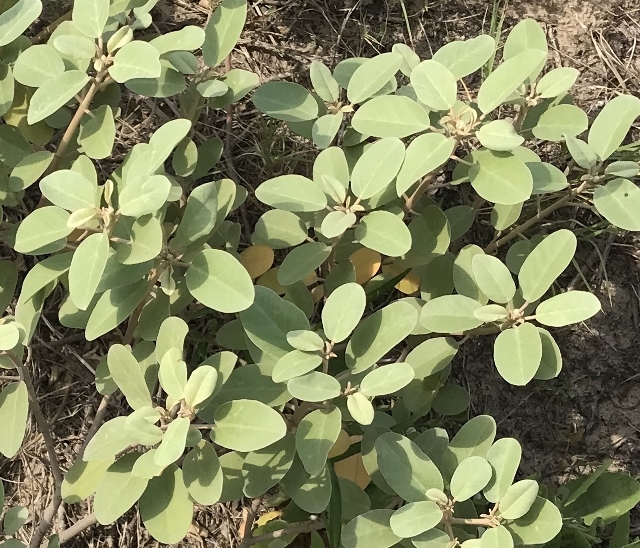
Yes! The iNaturalist app on Frances’ phone quickly brought up Beach Croton, Croton punctatus.
The app had no trouble identifying a Heath Snail.
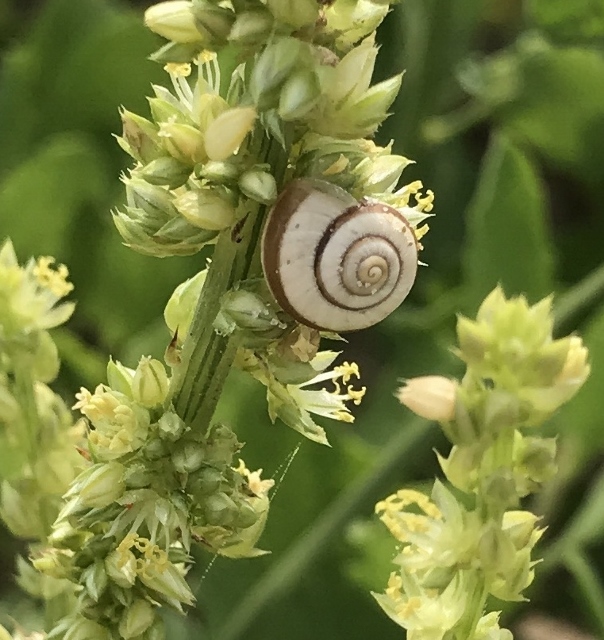
Encouraged at the speed and ease of the iNaturalist phone app, we traversed the rest of the dune accompanied by raucous Laughing Gulls overhead.
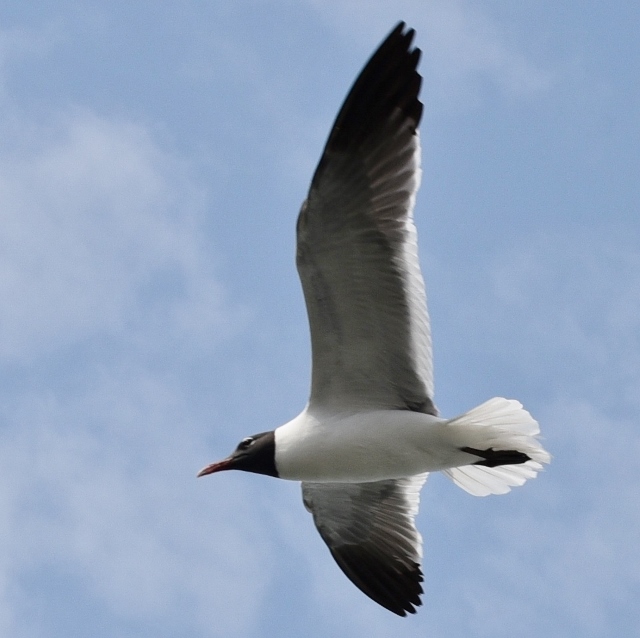
Some plants weren’t as quickly IDd on the iNat app. It gave options and indicated when a plant in question was “seen nearby,” which was often helpful.
One plant, my new favorite, had so many different personalities — bloom stages — that I felt it was worthy of a photo essay.



Later, after many books, hours and Internet research that evening and the next day, and clicking on all possible Inat “suggestions” and “view more” options, I was able to determine the name of my fun mystery plant: Lazy Daisy (Aphanostephus akirrhobasis)!
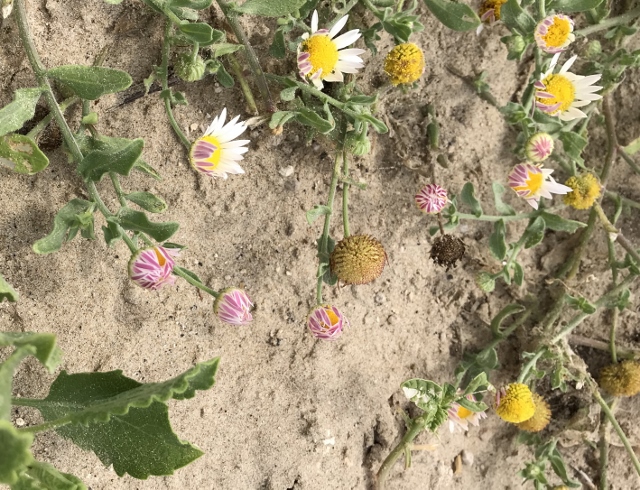
My favorite view in the dunes Lazy Daisy photo array looks like something from a bowl of Christmas candy. It was a challenge to identify.
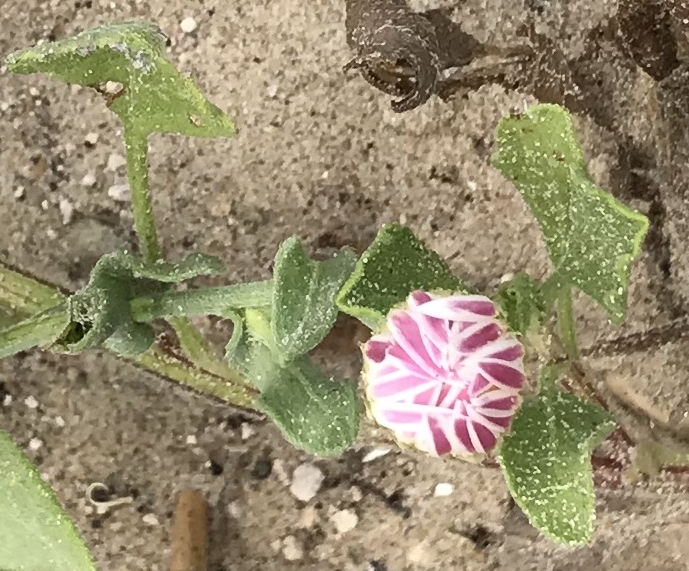
The iNat program keyed in on the pink color and pulled up such examples as Mediterranean Catchfly, Trailing Windmills, iceplants and Marvel of Peru.
Sea Ox Eye and Common Daisy were the first two choices with the below photo, which shows just a hint of the pink underside of the daisy petals.

What’s a day at the beach without a couple of old friends, like Beach Evening Primrose (Oenothera drummondii) with its wonderful “rosebud” leaf tips, and Beach Morning Glory (Ipomoea imperati)?
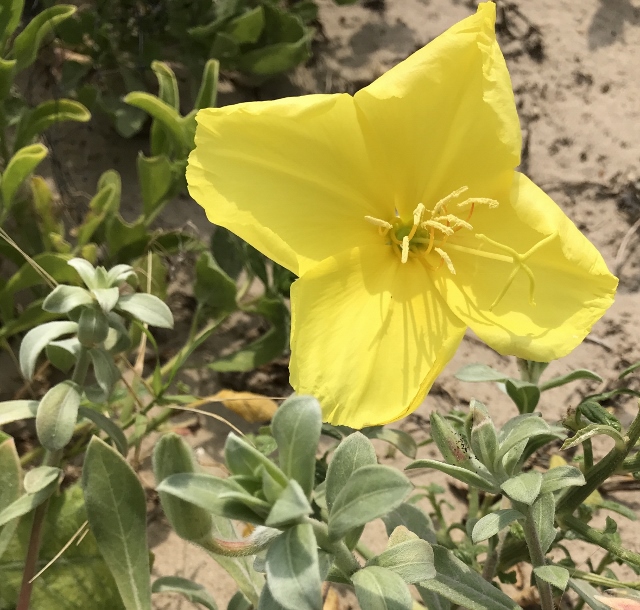
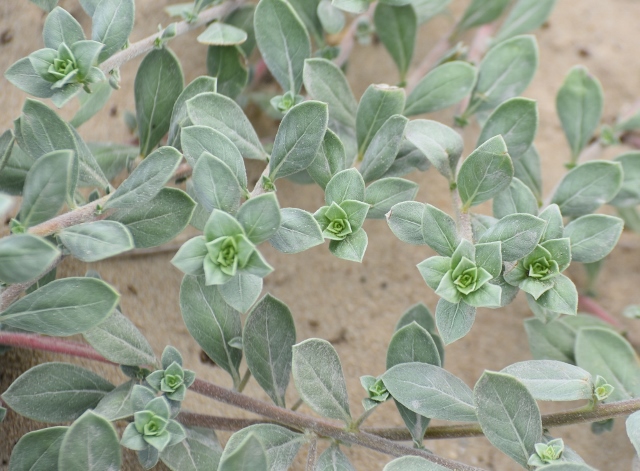
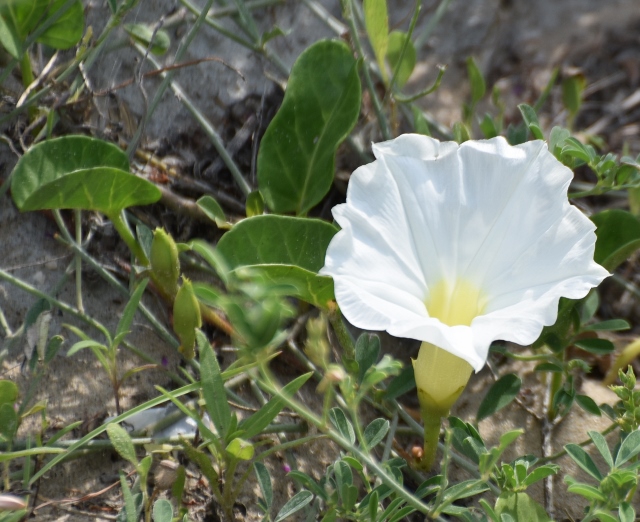
We spent the rest of the day at various areas on South Padre Island ending at the convention center where bird migration was still on, and then a stroll on the boardwalk for more interesting species.
Check out this link for some beautiful photography of the LRGV’s species diversity that was logged in this year’s challenge.
The 2019 City Nature Challenge is now
Non-native plants were allowed in the Lower Valley’s tally this year. Local Texas Master Naturalists placed high in the state-wide count. Our LRGV “most species” category clocked in at 409.
Nine Texas cities entered the challenge. The four counties of the Lower Rio Grande Valley entered as its own entity, Cameron, Hidalgo, Starr and Willacy. We placed 4th in the state with most species diversity at 1,748.
Houston placed 1st with 3,064
Dallas/Fort Worth 2nd, 2,347
Austin 3rd, 2,107
https://www.inaturalist.org/projects/texas-city-nature-challenge-2019-cities
We placed 4th in the state with most observations: 8,881.
Dallas/Fort worth was tops with 36,379
Houston was 2nd with 24,573
Austin 3rd with 16,009
https://www.inaturalist.org/projects/texas-city-nature-challenge-2019-cities
We placed 19th in species diversity worldwide.
We had 129 participants this year, whereas last year, 195 people joined the challenge as observers who photographed and uploaded information to iNaturalist.
Global stats:
https://www.inaturalist.org/projects/city-nature-challenge-2019
enjoyed your tour of the plants … some beautiful and intriguing pics you got …… I was up birding at convention center…still many migrants …fun it is to see natures plants and birds …. thanks for sharing ..
Thank you for your comments. I like the focused atmosphere of a bird sit, or migration or a bio-blitz because you’re able to see things you wouldn’t normally see. I was able to photograph two birds on my life-list-to-get-good-photos — the Cat Bird and the Black and White Warbler! Plus, I discovered the Lazy Daisy! What a week!
I am constantly amazed at the great job the Texas Master Naturalists do in keeping the RGV citizens informed about their native plants, flowers, etc..
Thank you, Sharon. I’m constantly amazed during these bio-blitz’ at all the surprises I find! It’s pretty exciting.